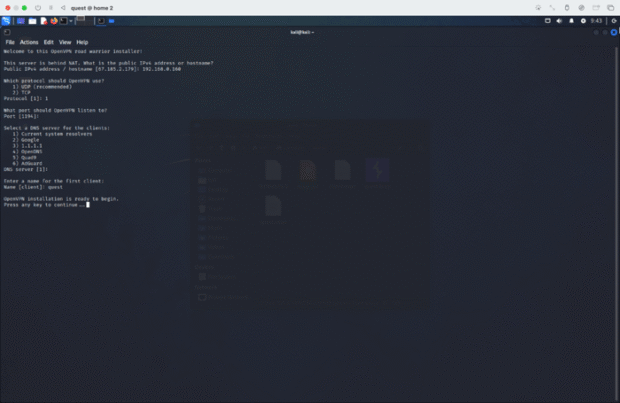
In the realm of software development, the ability to create maintainable and reusable code is crucial. This is where design patterns come into play. Design patterns are proven solutions to common problems that arise during software design. By understanding and implementing these patterns, developers can enhance code readability, reduce complexity, and promote best practices. This post will explore the fundamentals of design patterns as presented in the influential book Design Patterns: Elements of Reusable Object-Oriented Software by Erich Gamma, Richard Helm, Ralph Johnson, and John Vlissides, often referred to as the “Gang of Four” (GoF).
What Are Design Patterns?
Design patterns serve as templates for solving software design issues. They are not finished designs but rather guidelines or best practices that can be adapted to fit specific needs. The essence of design patterns lies in their ability to improve code reusability and facilitate easier maintenance.
Categories of Design Patterns
Design patterns are generally categorized into three main groups:
- Creational Patterns: These patterns deal with object creation mechanisms, which increase the flexibility and reuse of existing code. Examples include:
- Singleton: Ensures that a class has only one instance and provides a global point of access to it.
- Factory Method: Defines an interface for creating an object but allows subclasses to alter the type of created objects.
- Structural Patterns: These patterns focus on the composition of classes and objects to form larger structures. Key examples include:
- Adapter: Allows objects with incompatible interfaces to work together by converting the interface of a class into another interface that clients expect.
- Decorator: Adds new functionality to an object dynamically without altering its structure.
- Behavioral Patterns: These patterns define how objects interact and communicate with one another. Important examples include:
- Observer: A way to notify multiple objects about any changes in the state of another object.
- Strategy: Defines a family of algorithms, encapsulates each one and makes them interchangeable.
Importance of Design Patterns
- Reusability: Design patterns promote the reuse of code, which can significantly reduce development time and effort. By employing established patterns, developers can avoid reinventing the wheel.
- Maintainability: Code built using design patterns is generally easier to maintain. Patterns help in organizing code and separating concerns, making it easier to update or extend functionality without affecting other parts of the system.
- Communication: Design patterns provide a common vocabulary for developers. When discussing design, referencing a specific pattern allows for clearer communication about the intended solution.
- Efficiency: By leveraging design patterns, developers can avoid common pitfalls in software design, leading to more efficient and robust applications.
Practical Implementation
To effectively implement design patterns in your projects, consider the following steps:
- Identify the Problem: Clearly define the issue you are facing in your software design. Understanding the problem is crucial before applying a design pattern.
- Choose the Right Pattern: Based on the problem, select the most suitable design pattern. Familiarize yourself with the different patterns and their use cases.
- Adapt and Apply: Customize the chosen pattern to fit your specific requirements. While patterns provide a guideline, they should be adapted to suit the needs of your application.
- Document Your Patterns: Maintain documentation of the design patterns used in your codebase. This can be invaluable for future developers or when revisiting the project later.
Conclusion
Design patterns are essential tools for software developers looking to enhance the reusability, maintainability, and overall quality of their code. By understanding the principles outlined in Design Patterns: Elements of Reusable Object-Oriented Software, developers can create more efficient and effective applications. Embrace the power of design patterns in your development process to foster better software design practices.
For further insights into design patterns, consider exploring the following resources:
- Refactoring Guru – Design Patterns
- Martin Fowler – Patterns of Enterprise Application Architecture
- GeeksforGeeks – Design Patterns in Java
By integrating these principles into your programming practices, you can unlock the full potential of your software projects and create code that stands the test of time.
#TrendingNow #InspirationDaily #ExploreMore #LifestyleTips #InTheNews #DigitalAge #Insights #Innovation #BehindTheScenes #WorldView #Digital #forensic
Read more on our more trending special page











Be the first to leave a comment